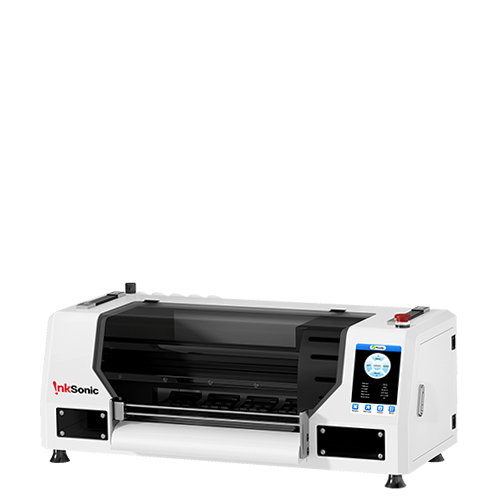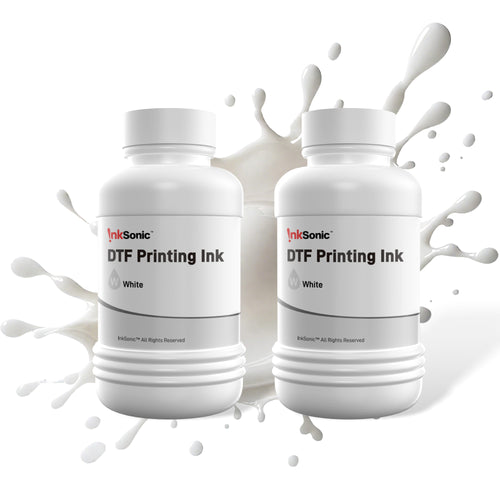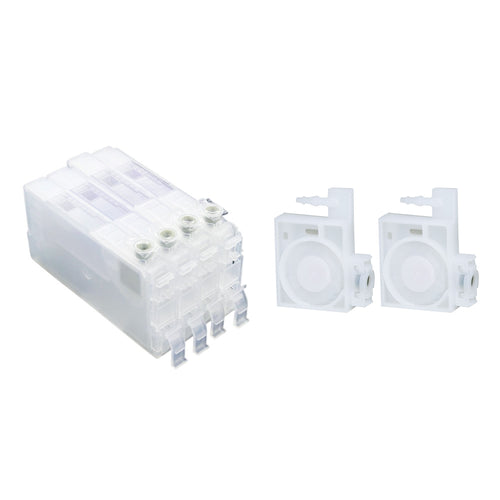Ever curious about how your vivid designs are converted into wonderful prints with precision color and accuracy? That magic happens behind-the-scenes due to something called RIP software — short for Raster Image Processor.
Regardless if you are using DTF, DTG, or UV printers, or if you own a sign shop or apparel business, RIP software is what turns digital art into flawless prints. It handles color, layering, resolution, and print queue optimization while extracting the best from your printer. Let’s break down what RIP software for printing does — and why it’s essential for anyone serious about professional print quality.
Understanding RIP Software for Printing
RIP software, or Raster Image Processor, is an advanced program that prepares digital design for printing at optimal quality. In technical terms, it interprets your vector-based or bitmap design file and converts it to a raster image made up of infinitely minute dots that the printer can understand. This rasterizing is what achieves true color reproduction, sharp detail, and accurate layering.
Unlike normal printer drivers which simply send files to print with minimal alteration, RIP software offers total resolution, color profile, ink limit, and layout control — thus its significance in sophisticated printing tasks like DTF, DTG, UV, and wide-format printing.

Core Functions of RIP Software
RIP software isn't merely a tool — it's the control center for delivering consistent, professional-grade print output. Among its basic functions is color management, with ICC profile support that allows your colors to appear correct on different printers, media, and lighting conditions. It's also responsible for white ink control, especially important in DTF and UV printing when printing on dark or clear substrates.
RIP software allows you to optimize print layouts by nesting multiple designs, mirroring images for transfers, and precisely positioning elements to reduce waste. For businesses managing high volumes, features like multi-job queueing and batch printing streamline production and save time. It can even provide ink and media usage estimates , helping you control costs and plan ahead more efficiently.
Why RIP Software is Critical in Printing
RIP software is vital to the printing process since it bridges the gap between your design and actual print. It ensures accurate color reproduction, which is vital in maintaining brand consistency and professional quality.
In processing complex graphics or massive documents, RIP software processes them quickly and precisely — something that rudimentary printer drivers can't do. It also unleashes sophisticated printer features, such as double CMYK settings, white ink overlay, and special effects, so you can utilize your equipment to its potential. By optimizing ink allocation efficiently and cutting trial-and-error to the minimum, it ensures ink wastage and printing errors become obsolete. In fast-moving, high-volume environments, RIP software cannot be underestimated in time savings and general productivity.

Examples of RIP Software in Use
RIP software brings its value in real-world printing uses across various technologies.
To accomplish DTF printing , software like AcroRIP can be used to automatically generate a white underbase between the colored layers to ensure bright, vibrant prints on light and dark-colored materials. It also ensures accurate layer registration, which is important for crisp, professional results.
RIP software controls pre-treatment and ink layers during the DTG printing process, particularly on dark-coloured t-shirts where highlight control and accurate colours are critical to producing bright, durable prints.
With UV printers, printing in multiple layers is available using RIP software such as CMYK + white + varnish where you can even include depth, texture, or varnish for premium results on rigid or flexible materials.
Who Needs RIP Software?
RIP software is an essential tool for anyone interested in achieving more than mere output with their printing. It's ideal for beginners transitioning into professional printing, allowing them the capability to produce higher quality, and more consistent prints.
Small businesses that print custom T-shirts, stickers, or signs welcome the added control and efficiency RIP software offers. It's an essential for print shops to keep a number of jobs in play, to remain quick, and to deliver consistent color and detail on orders.
And for specialty printer owners — DTF, DTG, UV, and eco-solvent printers — RIP software introduces sophisticated features that a simple driver simply can't handle.

How One Small Business Transformed with RIP Software
When Lisa, the owner of a small custom T-shirt and sticker shop in Oregon, first started out, she relied on basic printer drivers and free design tools to run her business.
“At first, it worked okay,” she recalls, "but as orders grew and customers started requesting more complex designs — especially on black materials — I hit a brick wall."
Colors were not printing correctly, white ink alignment was haphazard, and trial-and-error was cutting into her production time and material. That’s when she decided to invest in professional RIP printing software.
“Switching to RIP software completely changed our workflow,” Lisa says. “We went from guessing settings to confidently producing gallery-quality prints every time.”
With RIP, she could set custom ICC profiles, automate white underbase layers for her DTF transfers, and queue multiple jobs efficiently.
Since the upgrade, not only has her output quality improved dramatically, but her rejection rate has dropped, and she’s able to handle larger orders without stress.
“It’s not just software — it’s the reason my shop now runs like a real production studio.”
Free vs. Paid RIP Software

With regards to RIP software, the cost-free versus paid models can make an enormous difference to your print quality and operations.
While bundled or free RIPs may come with certain printers, they do not have sophisticated functionality in the way of precise color profiling, white ink layering, and productive layout tools. While freeware or generic drivers may work for minimal activities, they are usually deficient in reliability, versatility, and long-term support.
It's also advisable to avoid using cracked or pirated software — not only is it illegal, but it can also lead to system crashes, printing failures, and zilch technical support if something goes wrong.
At Inksonic, we appreciate quality by using licensed, high-performance RIP software to ensure every print is professional-grade in terms of clarity, color accuracy, and durability.
Conclusion
RIP software is not just a technological upgrade — it's the basis of consistent, high-quality output.
From exact color management to rapid file processing and advanced print capabilities, the right RIP solution can totally transform how you work and what you create. Whether you run a small custom apparel business or are responsible for managing a large-scale print facility, the right software investment can improve quality, reduce waste, and streamline your workflow.
FAQ
1. What is printer RIP software?
Printer RIP software (Raster Image Processor) is a unique application that translates digital art into information your printer can use. It manages color, layout, resolution, and ink behavior, enabling more control and flexibility than regular printer drivers.
2. Why is RIP software valuable for printing?
RIP software promises accurate color reproduction, handles large or complex files smoothly, and opens up enhanced printer capabilities like layering with white ink or varnish effects. It's imperative for experts who need uniform quality from every project.
3. How is RIP printing software different from normal printer drivers?
While typical drivers deliver typical functionality, RIP print software provides finer control over every aspect of the printing process — from color calibration through job queuing and media management — that results in a higher quality and reduced waste.
4. Which is the best RIP print software for professionals and beginners?
The ideal RIP software for printing depends on your printer model and business needs. Some of the most well-known include AcroRIP for DTF, CadLink, ErgoSoft, and Onyx for broader professional use. Make sure the software can run with your printer model and includes reputable customer support.
5. Do you need specialty RIP software for a DTF printer?
Yes. DTF printer RIP software is specifically designed to handle white ink layering, image mirroring, and color accuracy on film — capabilities that basic drivers lack. Using the proper RIP ensures your transfers look rich, crisp, and last longer on fabric.




































